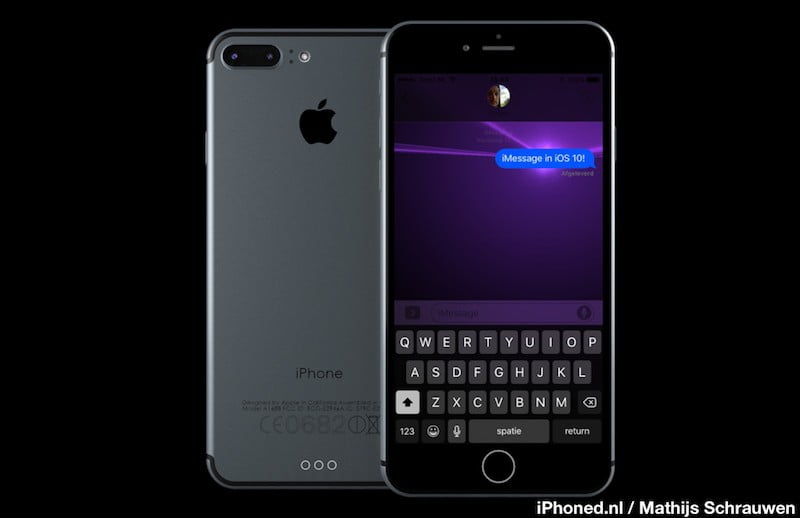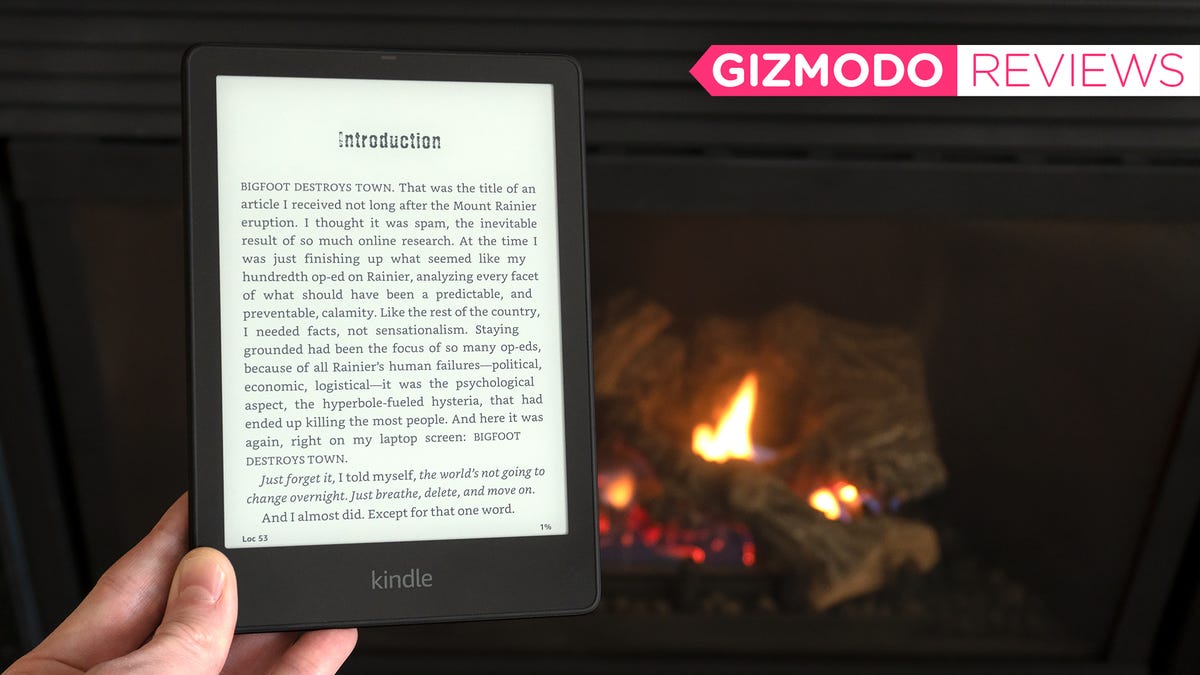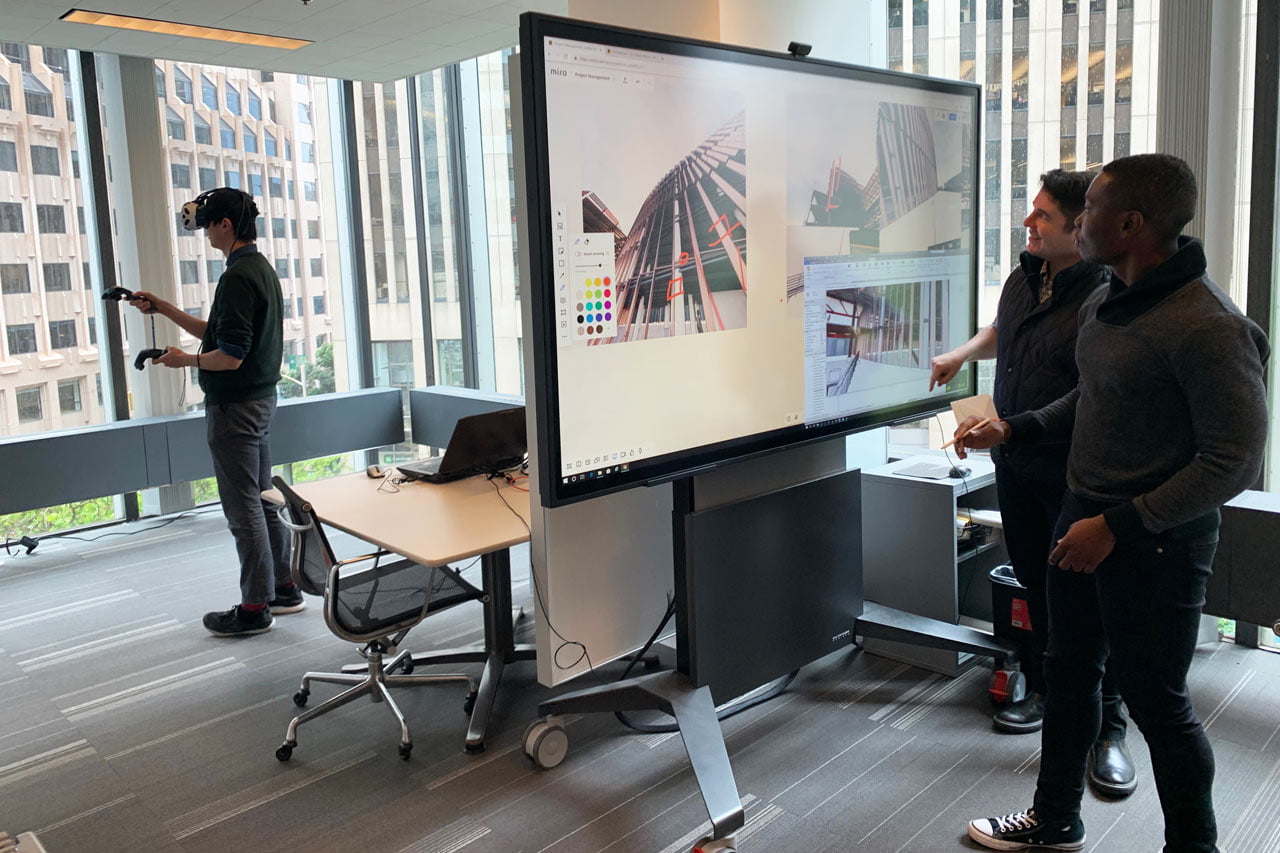Apple has been no stranger to IP-associated headaches in China, having currently lost an IPHONE trademark healthy in Beijing and formerly paying out hundreds of thousands of dollars to license the IPAD mark from its local proprietor returned in 2012. closing week, it emerged that the Beijing IP Workplace – the municipal department of China’s Nation IP Office – had dominated in administrative lawsuits that Apple’s iPhone 6 and iPhone 6 Plus smartphones infringe on a design patent belonging to a Shenzhen-primarily based business enterprise named Baili. The Workplace issued an injunction masking the allegedly infringing merchandise, though Apple has finally stated that this has been stayed pending anattraction so as to be heard via the Beijing IP Courtroom. As a end result, Apple’s merchandise stay to be had in the united states of america. Information of the Office’s decision can be viewed right here (inChinese language).
There is little records to be had about Baili, though the layout patent worried inside the case relates to atelephone model named 100C and the Wall Road Journal shows that the company may be an associateof better–known Shenzhen cell employer Digione. It’s miles worth noting that Digione – which apparentlyhas investment from internet massive Baidu – itself accused Apple’s iPhone 6 and six Plus of infringing itscellphone designs again in 2014.
Apparently, that is just the ultra-modern in a string of IP infringement disputes involving design rights belonging to Chinese organizations. these days, I pronounced for IAM on ZTE’s filing of a design patentfit towards home competitor Qiku – another case targeted on the appearance and experience of acellphone. And it is not simply on home soil that Chinese logo proprietors are maintaining their designrights; within the Usa Hangzhou-based self-balancing scooter maker Chic has sued Razor for layout patent infringement inside the Valuable District of California.
In China, design ‘patents’ are regularly covered in basic counts of patent filings and offers – impartingsome thing of a comfort for the authorities’s narrative concerning the us of a’s progressive capacities.No matter this nomenclature (which is also used in the U.S., among other locations), those property areessentially similar to the commercial layout rights issued in lots of jurisdictions throughout the world – they cover the decorative layout of an item, in preference to the function or utility of an invention (andtypically they do now not undergo any form of substantial exam previous to registration or rejection).
Along side logos, then, they can be middle to a emblem’s visible identification and China accounted fornearly two-thirds of all the global’s design applications in 2014. these IP assets are consequently ofmainly critical importance inside the united states, both for rights holders and for companies looking toinput the domestic marketplace. Relying on wherein you are in the global, layout rights havetraditionally been seen as being inside the area of either patent lawyers (in particular in the United states of america) or trademark lawyers (eg, in Europe). But, in recent years these divisions have blurredextremely, and especially so inside corporate IP departments in which resources are extra thinly spread. As such, trademark counsel will need to preserve a watch on tendencies in China and ensure that theircorporations are completely prepared from a designs angle.





